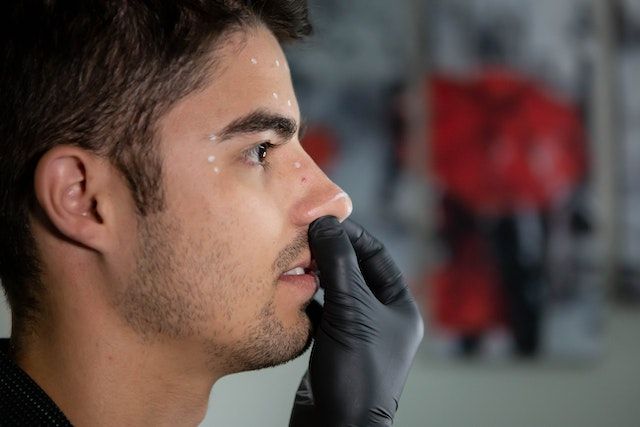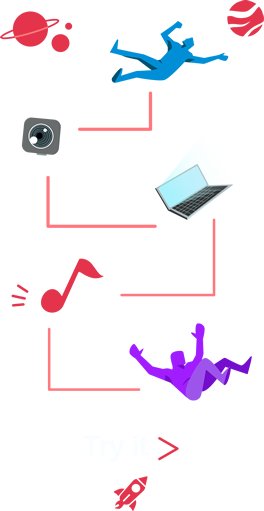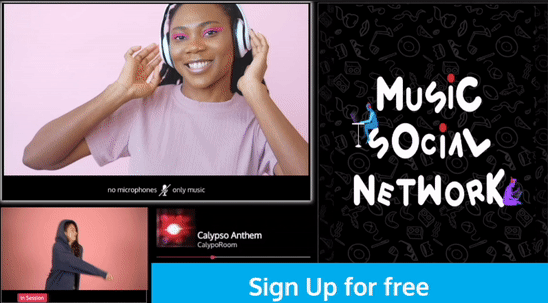Nasal singing: best tips and exercises to avoid it
Even though some musical genres call for nasal singing, it's often not a pleasant sound to hear. When the soft palate on the roof of the mouth is depressed, air can escape via the nasal cavity and create the nasal sound.
Fortunately, fixing nasal singing is not too difficult. This typical voice issue is readily overcome with a few suggestions and techniques. Let’s dig into it without further ado.
Soft palate work out
Discover your soft palate
A soft palate and a hard palate make up the roof of your mouth. You can recognize it if you touch it with your tongue. The hard palate does not move. This is a fundamental difference to understand to avoid nasal singing.

The roof of your mouth is what is commonly referred to as the "hard palate”. It is the skin- and bone-covered portion of your mouth. It is affixed to your cranium and enclosed between your teeth.
The softer, fleshier part of the soft palate is located further back in your mouth. When your tongue touches it, it may move up and down.
It also moves and expands upward whenever you talk, eat, yawn, or do anything else that involves using your mouth. You may avoid singing through your nose by lifting your soft palate, which is essential for regulating your voice.
Try to lift your soft palate
Consider that you have a ping-pong ball in your mouth. If there was something there taking up room, you would need to have your soft palate raised.
As an alternative, you may yawn. While doing this, take note of how you are lifting or stretching your soft palate upward. Through practice, you will become accustomed to the sensation of elevating your soft palate.
A gentle “K sound” can also be practiced during inhalation. This will naturally raise your soft palate slightly, so it won't be as noticeable as if you were chewing on a ping-pong ball.
Exercise to use your soft palate while singing
When you're comfortable speaking with your soft palate up, practice singing. You ought to hear a change in the tone of your voice. By elevating the soft palate, you give your voice more room to reverberate in your mouth, which gives it a fuller tone.
Consider singing like you used to, with your soft palate depressed, and then singing with your palate lifted, to compare the sound to the sound you made when you were singing through your nose. The change will be easier to hear.
To get the greatest sound, try to locate the "sweet spot" between lifting and lowering your soft palate. Keep in mind that higher sounds require you to elevate your soft palate more than lower sounds.
Vocal technique practices
Breathe correctly to support your singing
Nasal singing is frequently caused by vocal support issues. Try to take deep, diaphragmatic breaths (your lower lungs). As you breathe in, be careful not to lift your shoulders. Keep them at a comfortable level. Inhale through your nose, and exhale through your mouth and nose.
Warm up before singing
Before singing, it's vital to warm up your voice. To prepare your voice for a performance or practice session, practice lip trills, hums, and singing scales and arpeggios. These exercises also promote airflow, which can help you avoid nasal singing.
Use “gah” instead of the lyrics of your songs
This vocal practice might assist in minimizing nasal singing. Your voice will naturally descend with the word "g," giving it more richness and pulling it away from your nose.
Your jaw and mouth drop when you say "ah," which also gives your tone more weight. Sing your song by substituting "gah" for the words. Simply continue singing according to the song's beat while producing the sound "gah”.

To avoid tension, keep your jaw relaxed as you do this. Once you've become comfortable singing your song with the "gah" sound, try reintroducing the words.
You could hear a decrease in your nasal tone. You may always start your practice by singing "gah" before bringing the words back in if you have trouble with certain portions of the song where you sound nasal.
As you sing, close your nose
Using this technique will obstruct your nasal tube, forcing you to learn how to sing via your lips as opposed to your nose. The growth of your singing may benefit from this.

Once you've practiced singing without being able to breathe through your nose, you might sound less nasal.
When singing, adopt a nice smile
In order to lift your soft palate and avoid nasally singing, you should try to sing with your throat open. Singing with a happy expression will enable you to achieve an open throat since it will naturally raise your throat.
The zygomatic muscles can be gently lifted to accomplish this. When smiling, you will elevate these muscles on the side of your lips.

Many people have a propensity to draw their face muscles down somewhat while speaking or singing. You may avoid this inclination by singing with a smile on your face. By allowing the throat to expand, this can reduce the likelihood of nasal singing.
Nasal singing, how to avoid it - Conclusion
These tips, along with your relaxed muscles, lowered jaw, and appropriate posture, will reduce your nasal singing, and you will want to aim for this outcome moving forward whenever you sing.
If you liked this post and would want to read more tips for your music career and general information about the music industry, please visit our blog section.
You're here because you love music, so please try to listen to it together with your friends or strangers, at the same time, connected by webcam in CalypsoRoom.
In CalypsoRoom we believe music is the most powerful tool to bring people together, and for this reason, we developed an online music social network where you can connect with friends or strangers while listening to music simultaneously, connected via webcam.
Are you a music artist or label and do you want to give your music a further dimension? Do you own or co-own the master and publishing rights to your music? If yes, consider to post it on CalypsoRoom: it’s free, you keep 100% of your copyright, you promote your music in a new way, and you get a new revenue stream! Check it out.
Thanks for reading,
CalypsoRoom Team
back
Written by CalypsoRoom Editorial Team
The CalypsoRoom Editorial Team is a skilled and diverse group of writers, researchers, and industry specialists who have access to Calypso's data and information in order to give you broad knowledge about the music industry as well as helpful advice to help you manage your music and dancing career.
Updated January 2023
Company number: 681223
James's Walk 31, Dublin, Ireland
contact@calypsoroom.com
+353 (89) 435 8928





